UCLA Report Highlights Inequality in Utility Debt Burden
Scholars from the UCLA Center for Neighborhood Knowledge (CNK) and UCLA Luskin Center for Innovation (LCI) collaborated on the new report “Keeping the Lights and Heat On: COVID-19 Utility Debt,” which analyzed the burden of household utility debt for many families, especially in low-income neighborhoods. The report, co-authored by CNK Director Paul Ong and LCI Associate Director Greg Pierce, used data from Pacific Gas and Electric Company (PG&E), an investor-owned utility that provides electricity and gas service to about 40% of California residents, in order to quantify the prevalence and degree of residential past-due accounts and debt. The authors explained that utility debt levels serve as a useful proxy to track households that are facing difficulties paying their rent or mortgage, particularly during economic crises. While roughly 6% of the Northern and Central California households served by PG&E are facing financial difficulties paying for most essential services, utility debt burden is highest among Black, Latino and economically vulnerable neighborhoods, the study found. PG&E recently announced that it will extend a moratorium on utility service disconnections through September 30, although many other emergency customer protections put in place during the COVID-19 pandemic have expired. The authors of the report recommend allocating funding to debt-forgiveness programs for low-income households and severely impacted neighborhoods. They plan to replicate the study in non-PG&E service areas to better understand the impact of energy and water bill debt across regions. — Zoe Day

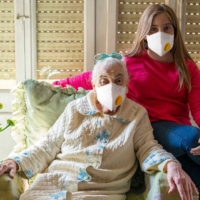
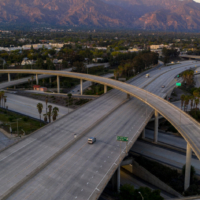
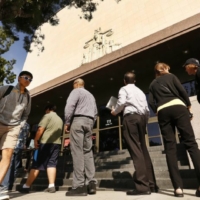

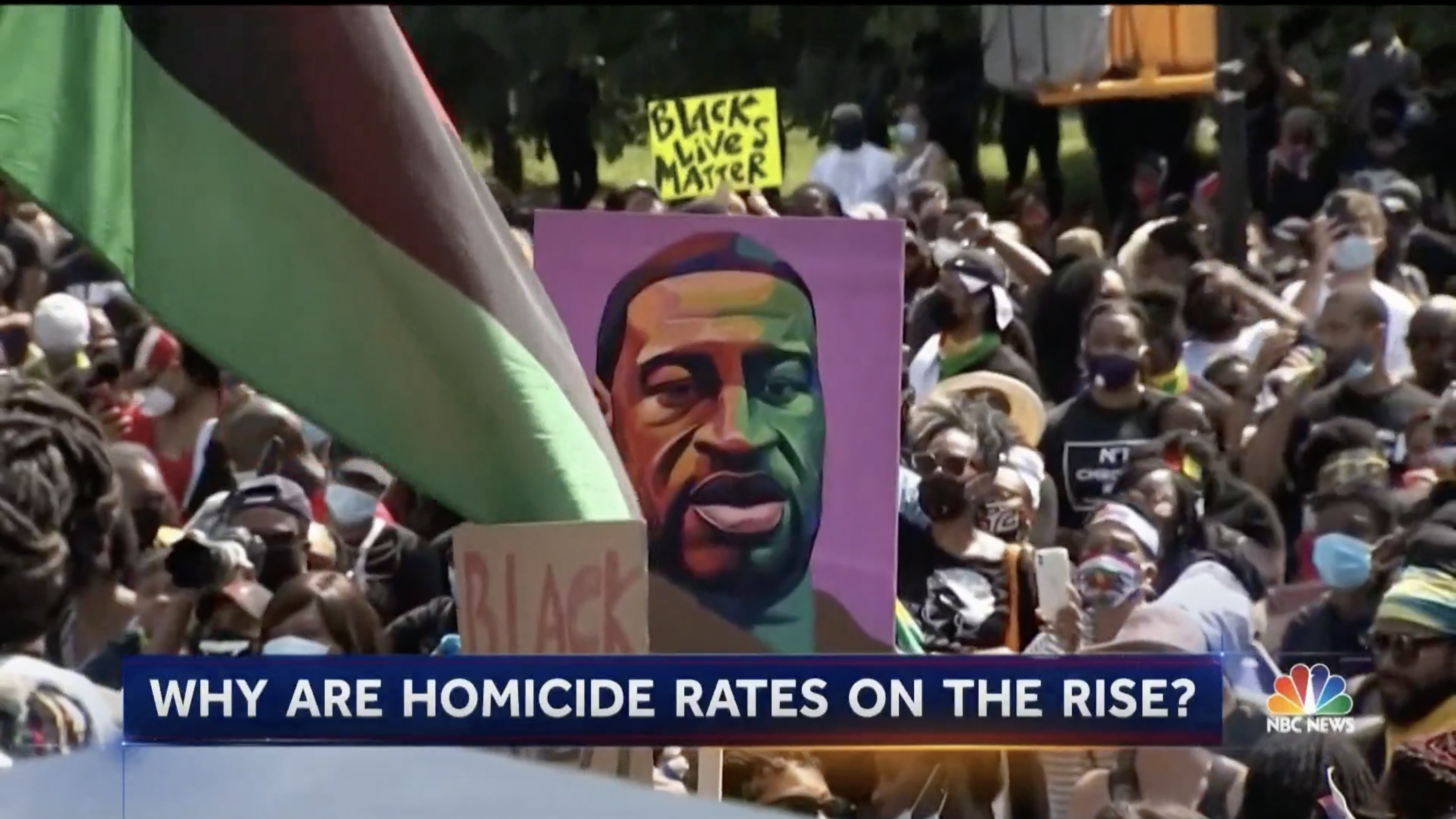
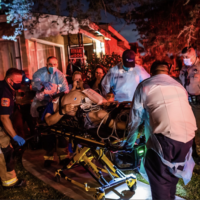



Leave a Reply
Want to join the discussion?Feel free to contribute!